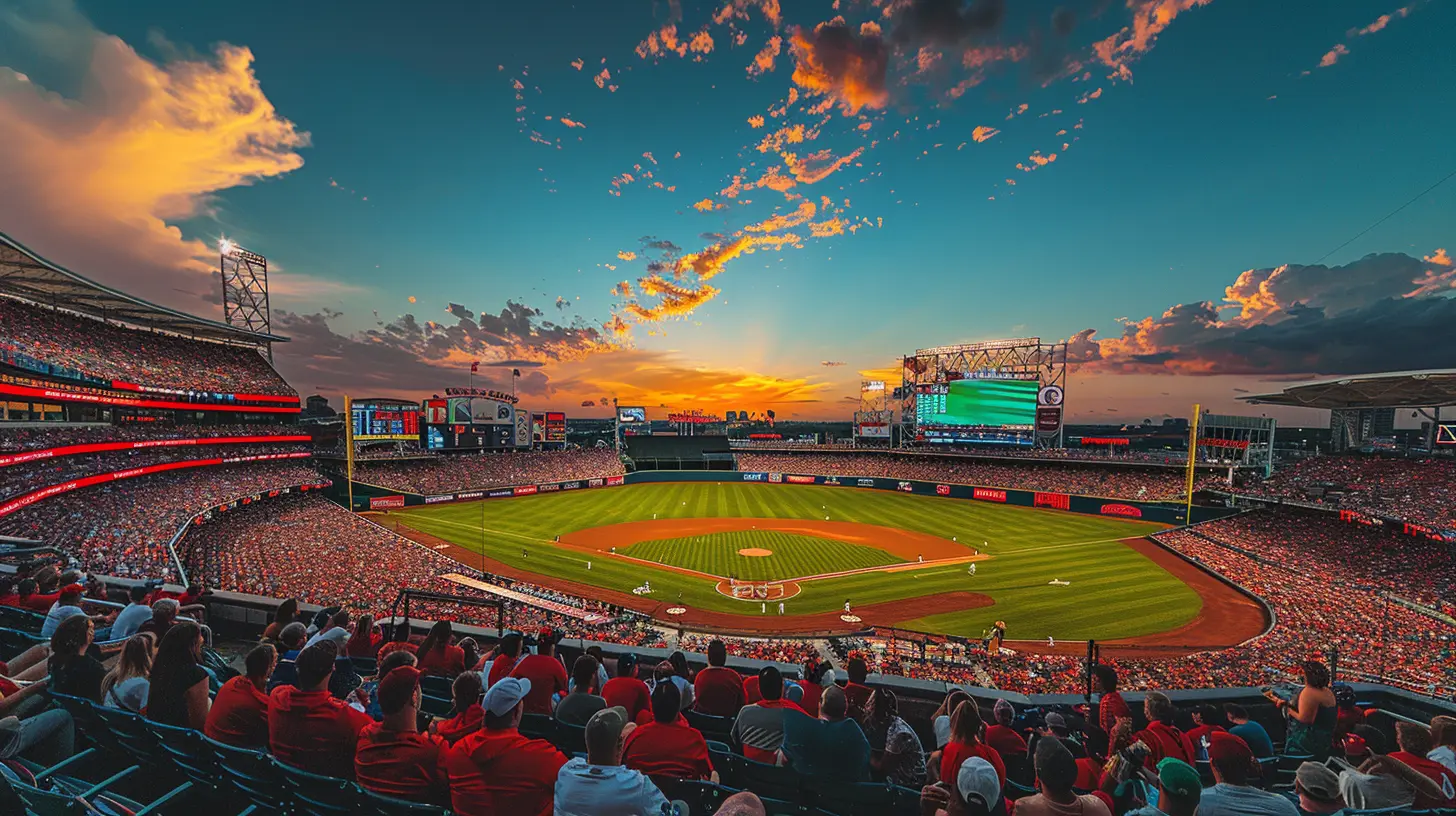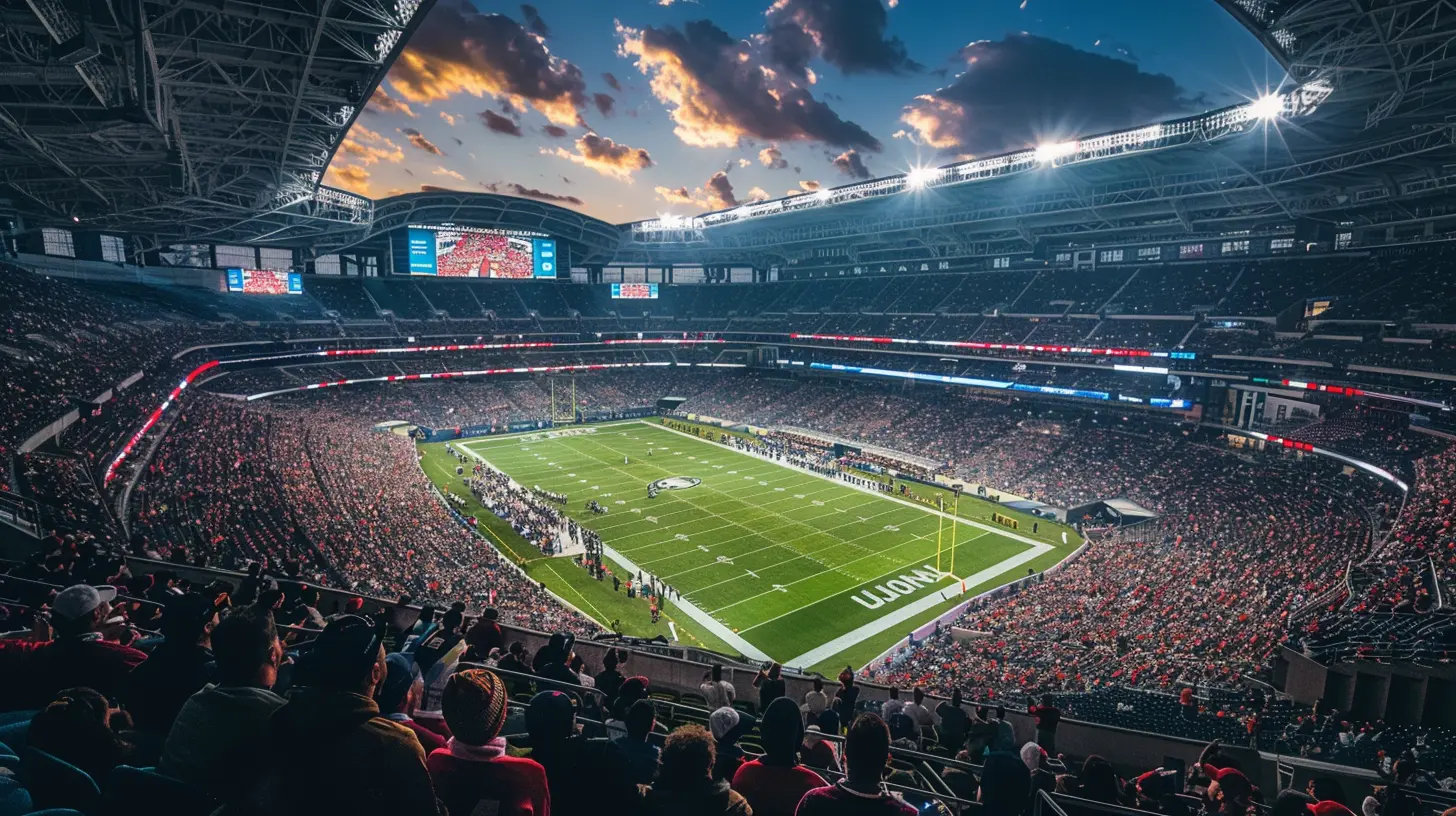The Power of Home-Field Advantage in Professional Sports
19 November 2025
Have you ever wondered why teams seem to perform better when they're playing on their own turf? Why the crowd goes wild at every goal, basket, or touchdown when it’s their home team in the spotlight? That’s the magic of home-field advantage, and believe me—it's a real thing. Sure, talent, strategy, and preparation are key to winning in professional sports, but that familiar setting, that sea of supportive fans, and that precious routine? That can be the X-factor that makes all the difference.
Let’s break it down and see just how powerful the home-field advantage really is in the world of professional sports.
What Exactly Is Home-Field Advantage?
In simple terms, home-field advantage (HFA) refers to the benefit a team enjoys when playing at its own venue. The players are familiar with the playing surface, the travel burden is lesser or nonexistent, and—maybe most importantly—the fans are cheering for them rather than against them.It’s that extra “something” that turns close games into wins, adds a little swagger to a player’s step, and can even sway referees (we’ll talk about that, too).
But let’s not just call it a vibe—let’s look into the science, statistics, and psychology behind it.
Why Home Teams Win More Often
You’re not imagining it. Home teams do tend to win more often across most professional sports. Whether it’s the NFL, NBA, MLB, NHL, or even international soccer, the numbers back it up.Here’s a quick snapshot:
- NBA: Historically, home teams win about 60-65% of the time.
- NFL: Around 55-58%.
- Soccer (Premier League, La Liga, etc.): Also around 60%, though this fluctuates.
- MLB and NHL tend to have lower margins, closer to 50-55%.
So what’s behind these numbers? Let’s break down the key factors.
1. The Home Crowd: Boost or Pressure?
Let’s start with the elephant—or should I say the roaring lion—in the room: the fans.Think of it like this: You're at work, and everyone around you is cheering your name, applauding your every move, and booing your opponents. Sounds motivating, right? That’s what home teams experience, and that emotional boost can be game-changing.
Crowds can:
- Energize the home team: The adrenaline rush from thousands of supporters can raise performance.
- Distract the opponents: Ever tried shooting free throws with 20,000 people waving thundersticks and screaming at you?
- Influence refs (yep, really): Studies have shown that officials, being human, may make more favorable calls for the home team due to social pressure or subconscious bias.
Think about those buzzer-beaters or late-game penalty calls. Sometimes, the crowd’s roar makes the difference.
2. Familiarity with the Playing Environment
Every stadium, court, or rink has its own quirks. From the lighting to the turf to the spacing and even altitude, these details can give the home team a tactical edge.- NBA courts: Shooters often know the feel of the rims, the depth of the background, and the bounce of the floor.
- Baseball stadiums: Each one has unique outfield dimensions and wall heights, and players often tailor their game to their home park.
- Soccer pitches: Field dimensions and grass types vary—familiarity here helps with spacing and passing rhythm.
- Altitude (hello, Denver): Teams like the Denver Nuggets or the Colorado Rockies benefit from playing in high-altitude conditions that can wear out visiting athletes.
When you train and play somewhere every day, you get an edge. Simple as that.
3. No Travel Fatigue
Ask any professional athlete, and they’ll tell you—traveling is exhausting.Even with chartered flights and luxury hotels, the constant airport runs, time zone changes, and disrupted routines take a toll. Home teams sleep in their own beds, stick to their routine, eat their normal food, and feel more comfortable overall.
That alone can translate into better focus, quicker reflexes, and fewer mistakes.
4. The Psychological Comfort Zone
There's a huge mental component to sports, and being in a comfortable, familiar environment eases stress and anxiety.Home teams deal with:
- Fewer distractions
- More structured routines
- Higher confidence levels
This psychological edge often allows players to slip into “the zone” easier—where peak performance happens naturally.
It's like playing a video game you’ve mastered versus trying a new one for the first time. Who’s going to win that battle?
5. Referee Bias: Fact or Fiction?
Referees are trained to be neutral, but let’s get real—they’re human.Studies have repeatedly shown that officials are more likely to make calls that favor the home team, especially in high-pressure moments. The crowd’s reaction influences their split-second decisions, whether they intend it to or not.
Some examples?
- In soccer, more time might be added at the end of a match when the home team is trailing.
- In basketball, home teams tend to shoot more free throws.
- Even in tennis, line judges (before Hawk-Eye tech) were shown to favor home players.
It’s not cheating—it’s just human psychology at play.
Case Studies: Home-Field Advantage in Action
Seattle Seahawks and the "12th Man"
You can’t talk home-field without mentioning the deafening roar of Seattle’s CenturyLink Field. The “12th Man” (the fans) have caused opposing teams to rack up false starts and delay-of-game penalties time and time again.In fact, the fans set the Guinness World Record for the loudest crowd noise at a sporting event—imagine trying to call an audible in that chaos.
Denver Nuggets & Mile High Altitude
The Denver Nuggets have long been known to dominate at home, especially early in the season. Why? That thin air’s no joke. While the Nuggets are conditioned to play in high altitude, visiting teams can struggle with stamina, breathing, and even nausea.English Premier League: Fortress Stadiums
Clubs like Liverpool historically perform dramatically better at Anfield than away. The passionate chants from the Kop End, the emotional connection with the fans—it's a fortress, and many visiting teams crumble under the pressure.Has COVID-19 Changed Home-Field Advantage?
Funny thing happened during the pandemic—sports were played in empty stadiums. No fans, no noise, nothing.The result?
- Home win percentages dropped significantly across various leagues.
- In some cases (like European football), referee bias nearly disappeared when crowds were absent.
- The "magic" of home-field advantage shrunk, proving just how crucial the crowd is to tipping the scales.
It was like someone turned the volume down on the game. And the impact was loud and clear.
Does Home-Field Advantage Still Matter in the Modern Era?
With advances in travel, better training facilities, video analysis, and more strategic coaching, some argue that HFA isn’t as strong as it used to be. But while the gap might be shrinking slightly, the advantage is still very real.Just ask any player—home is still where the heart, and often the win, is.
If nothing else, it’s a momentum booster. When teams are evenly matched, playing at home can be the edge that tips the balance.
How Teams Leverage Home-Field Advantage
Smart teams don’t just hope the home crowd will do the trick—they actively plan to maximize their edge:- Tailoring training sessions to mimic upcoming home games
- Engaging fans with pre-game hype content and halftime shows
- Designing stadiums for acoustics that create maximum noise and intimidation
- Adjusting tactics to suit their home environment
This strategic use of home-field advantage turns it from a passive benefit into a winning weapon.
The Flip Side: Pressure on the Home Team
Of course, it’s not always roses and roaring crowds.Sometimes, the pressure to perform at home can lead to:
- Mental fatigue
- Overthinking
- Fear of disappointing fans
In playoff scenarios, where the stakes are sky-high, some teams actually perform better on the road—less expectation, more focus.
So, it’s a double-edged sword. The key lies in handling the pressure and feeding off the energy positively.
Final Whistle: Is Home-Field Advantage Overrated?
Not even close. While it’s not a guarantee, it’s a powerful factor in the psychology and performance of professional athletes.From the thunderous applause and the smell of familiar turf to the strategic benefits of sleep and routine, home-field advantage is woven into the fabric of competitive sports. It’s one of the few intangible assets that can give a team just enough edge to pull off the W.
So next time you’re watching your favorite team at home, know that your cheers might be doing more than you think. You’re part of the equation. That’s the power of home-field advantage.
all images in this post were generated using AI tools
Category:
Professional SportsAuthor:

Onyx Frye

